Tire Size 315/60r20 vs 35×12.50r20
In the automotive world, tire size is a crucial factor that affects various aspects of vehicle performance, including handling, fuel efficiency, and aesthetics. Each size has its unique characteristics and implications for vehicle performance and appearance.
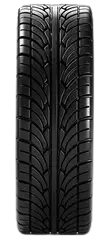

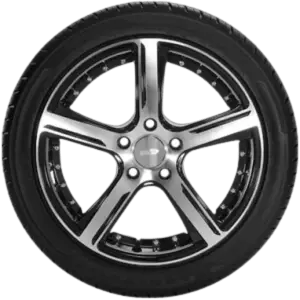





| / | R |

| / | R |
| Parameter | 235/35 R18 | 205/40 R18 | Differ. |
|---|---|---|---|
| Tire Height | |||
| Section Width | |||
| Circumference | |||
| Sidewall Height | |||
| Revolutions | |||
| Rim Size |
Fitment Guide
The 35×12.50r20 tire has a 0.4% larger diameter and 1% wider width than the 315/60r20. Replacement tires should be within 3% of the original size.
So the 35×12.50r20 would be a direct replacement for 315/60r20 tires in most cases. Larger variations may require lift kits or adaptations for proper fit.
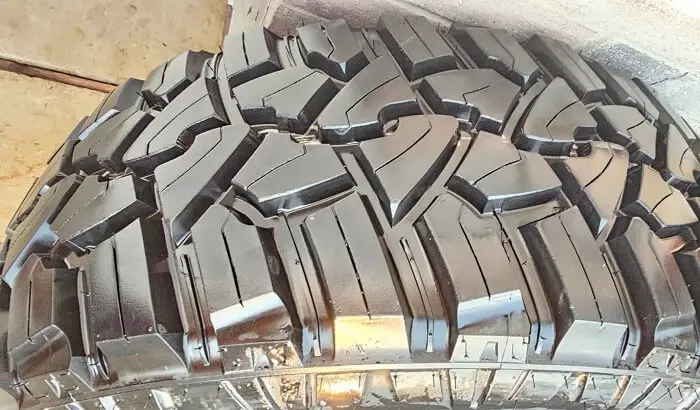
Ground Clearance
With a 0.14-inch larger diameter, the 35×12.50r20 tire provides slightly more ground clearance than the 315/60r20.
This can help prevent scrapes and damage from obstacles, benefiting off-road driving. However, the increased clearance also causes a lower speedometer reading.
Gas Mileage
The 35×12.50r20 is heavier than the 315/60r20, which could marginally reduce fuel efficiency due to increased rolling resistance and rotational mass. Overall, the difference in gas mileage between these two tire sizes is minor.
Ride Comfort
While the 315/60r20 may provide a smoother highway ride, the 35×12.50r20 additional 0.07-inch sidewall height better absorbs impacts from uneven roads and rugged terrain. This cushions the ride for improved comfort off-road.
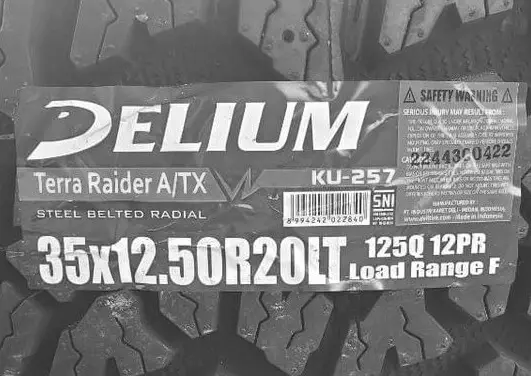
Aesthetics
Visually, the differences between these two tire sizes are subtle. The 35×12.50r20 has a slightly taller sidewall, giving it a more rugged, off-road look compared to the 315/60r20. This taller sidewall suits trucks and SUVs well.
Handling & Stability
The 315/60r20 shorter sidewall enables sharper handling and responsiveness on the pavement.
But the 35×12.50r20 additional sidewall flex provides enhanced stability and traction off-road and on loose surfaces. Both offer stable handling overall.
Noise & Vibration
With its shorter, stiffer sidewall, the 315/60r20 transmits more road noise and vibrations into the cabin. The 35×12.50r20 extra sidewall cushioning helps dampen noise and vibrations for a smoother, quieter ride.
Durability & Wear
The 315/60r20 slightly smaller contact patch may promote more even treadwear and longer life.
But the 35×12.50r20 is built to withstand rugged use despite potentially wearing faster. Overall, both exhibit good durability.
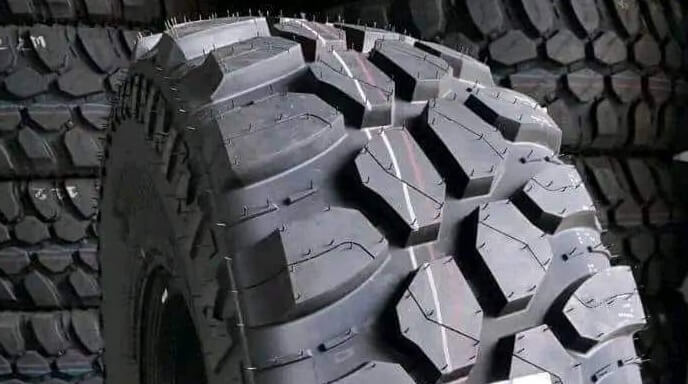
Adverse Conditions
The narrower 315/60r20 may cut through to the pavement more effectively in snow and ice.
But the wider 35×12.50r20 provides better traction in deep mud or loose off-road conditions. Both perform well overall in adverse conditions.
Speedometer Difference
At an actual speed of 20 mph, the 315/60r20 would read 20 mph on the speedometer.
But the 35×12.50r20 larger diameter would read 20.08 mph at that same true speed. This 0.08 mph speedometer difference is minor but should be considered.
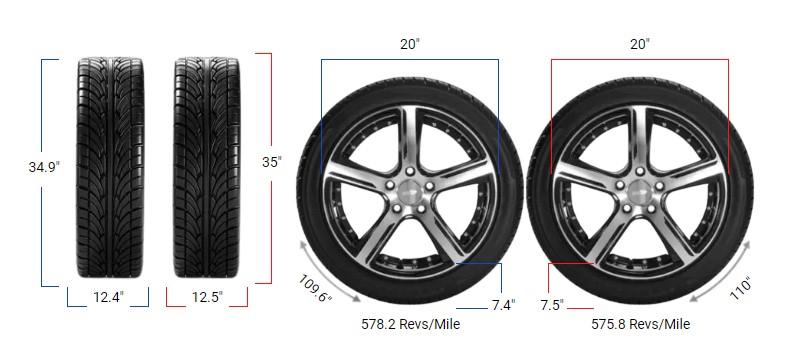
35×12.50r20 Equivalent
The 35×12.50r20 tire size does not have an exact match in the metric tire sizing system, but the closest equivalent is 315/60R20. Metric sizes are rounded to 5mm increments, so 315/60R20 provides the nearest dimensions to 35×12.50r20.
The 315mm width equals 12.4 inches, very near the 12.52 inch width of a 35×12.50r20 tire. The aspect ratio is also similar at 60 for the metric size versus 60.8 for the 35×12.50r20.
While not precisely identical, the 315/60R20 metric tire size has very close measurements and is the best equivalent to 35×12.50r20. It provides comparable dimensions as a suitable metric replacement.
What Does 315/60r20 Tire Mean?
The “315” in 315 60r20 means that the tire has a width of 315 millimeters. The “60” means the sidewall height is 60% of the width. The “r” stands for radial construction, and the “20” is the diameter of the wheel in inches.
A 315 60r20 tire is more comprehensive and taller than a standard passenger tire. They are often used on trucks, SUVs, and off-road vehicles because they provide better stability and traction than a standard tire.
What Does 35×12.50r20 Tire Mean?
The “35” in 35×12 50r20 means the tire’s diameter is 35 inches. The “12.50” means that the tire’s section width is 12.50 inches. The “r” stands for radial construction, and the “20” is the diameter of the wheel in inches.
A 35×12 50r20 tire is wider and taller than a standard passenger tire. They are often used on trucks, SUVs, and off-road vehicles because they provide better stability and traction than a standard tire.
Our Observation
The 315/60r20 is best suited for responsive handling and optimal fuel economy thanks to its lower profile design. Meanwhile, due to its taller sidewall, the 35×12.50r20 provides slightly better ground clearance and a smoother ride in rugged conditions.
However, the differences between these tires are minor. For most drivers, the 315/60r20 is the better all-around choice, offering a balance of on-road performance, even treadwear, and efficient operation.
Unless you regularly drive off-road, we recommend the 315/60r20 as the preferred tire size for most vehicles.

Meet Caitlin McCormack, a Tire Size Expert and Blogger Passionate About Everything Related to Tires. With Years of Experience in the Tire Industry, Caitlin Has Become an Expert in Tire Sizes and Their Impact on Vehicle Performance.
